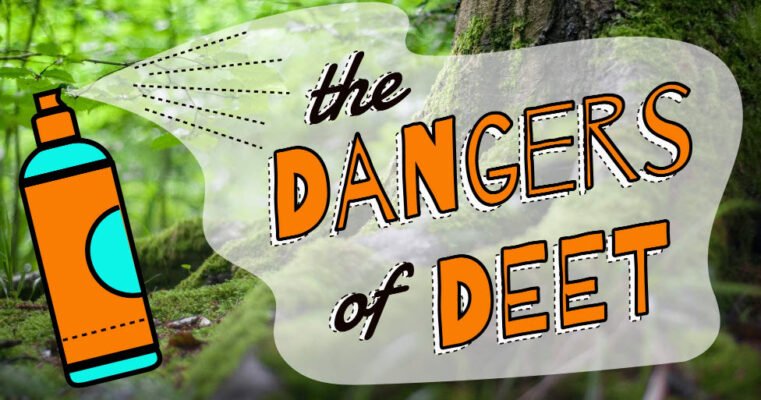For people who love the outdoors, the pain and annoyance of no-see-ums can turn activities they love into torture. If you’re struggling to enjoy your outdoor activities because of no-see-ums, you are likely looking for a solution to keep the bugs at bay. Most commercial bug repellents contain an ingredient called DEET. Here’s a closer look at DEET, whether or not it works well against no-see-ums, and what risks it has.
What Is DEET?
DEET, or diethyltoluamide (its official chemical name is N, N-diethyl-m-toluamide), is a common ingredient in most insect repelling products. It is applied directly to the skin or your clothing and keeps mosquitoes, ticks, fleas, chiggers, and other pesky insects away. DEET works to block the smell that attracts biting insects to the skin. It does not work to deter the bugs, but it does work to make you less attractive to them.
Does DEET Work Against No-See-Ums?
DEET does work to keep no-see-ums uninterested in attacking you. It’s most effective at high concentrations of 30 percent or higher. It’s also effective against mosquitoes, which is why many outdoor lovers will opt for this particular repellent. However, the safety of DEET has been under close scrutiny, and many people wonder if it is the safest option to use to repel biting insects.
What Are the Risks of DEET?
To protect against no-see-ums and other biting pests, DEET is applied to the skin. Research has found that some of the DEET passes through the skin and into the body. If the product also contains alcohol, or if the person drinks alcohol while wearing a DEET but repellent, more of the DEET will pass through the skin. Sunscreen also increases absorption.
This is problematic, because the DEET stays in the blood for up to 12 hours after it is initially applied to the skin. In pregnant women, it can pass across the placenta and enter the cord blood. While no increase in the risk of birth defects has yet been found, it does reach the developing baby. It is not recommended for babies under 2 months of age, and should only be used once per day on children of all ages. Some initial research into DEET’s safety linked it to seizures or brain toxicity in children, which is why limited use in kids is the recommendation.
For some people, DEET causes an allergic reaction on the skin, including swelling and an itchy rash. People do not typically know they are allergic to DEET until they react.
Yet in spite of these potential risks, in general, DEET is considered a safe insect repellent. While this does enter the bloodstream, it is not a carcinogen, and most of it is expelled from the body in the urine within 24 hours. It’s effective against no-see-ums, causes few reactions in healthy people, and is readily available. If you’ve been struggling to enjoy the outdoors because of no-see-ums, and have no known sensitivity to DEET, consider using it to help keep the pesky flies away.

